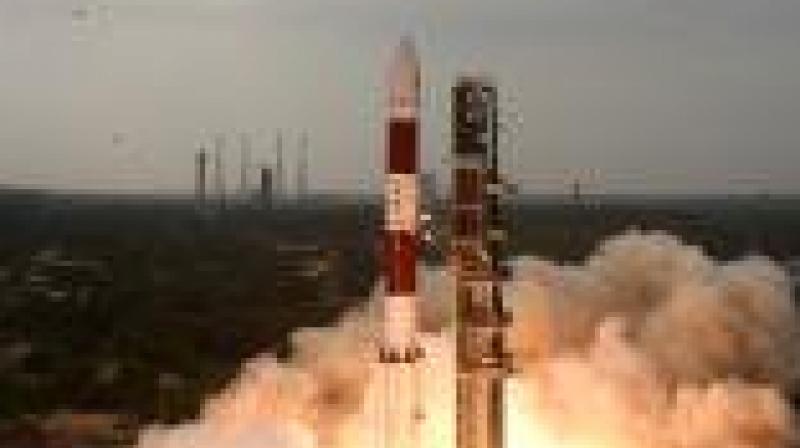Jam in space of small satellites: ISRO

Nellore: While the country is celebrating the capability acquired by the Indian Space Research Organisation to launch a large number of satellites in a single mission, former Isro chairman Madhavan Nair has expressed worry over tiny satellites clogging space.
Dr Nair said recently that the nano-satellites, which have a life of one or two years, end up becoming space debris thereafter. Since they are small — nano-satellites are less than 10 kg — tracking them and locating their position at the end of their life is a very difficult task, Dr Nair observed during a programme in Hyderabad recently.
Space debris has become an issue affecting the safety of space activities, including manned flight, and long term sustainability of the space environment.
According to data, least 25 per cent of the active low earth orbit objects are small satellites. The life of a spacecraft or satellite ends when it runs out of on-board propellant. Such non-functional objects undergo changes due to the environment while orbiting in space, and create a large amount of debris when they explo-de due to pressure and temperature changes.
The process of injecting a spacecraft into orbit involves the final stage of the rocket also reaching space to achieve orbital velocity. The rocket debris practically follow the satellites in the same orbit — but as a passive non-functional object.
According to Isro engineers, every space agency, spacecraft operator, launch operator, and insurance underwriter is worried about the safety of space objects due to possible collision with debris. Countries which operate manned missions in low earth orbit are much more worried about the implications of increasing debris.
Former director of Satish Dhawan Space Centre M.Y.S. Prasad, who represented Isro and India in the UN conference on peaceful uses of outer space from 1997 to 2006, said that approximately 60 per cent of the catalogued objects are generated from the fragmentation of spacecraft and rocket bodies, 18 per cent are the result of mission related debris and rocket bodies which remain in orbits, and 15 per cent of the debris are non-functional satellites.
The number of catalogued space objects at the end of September 2016 was around 17,800, including functional satellites and debris. The total pieces of debris is roughly around 13,600. Around 1,500 of these objects are in the Geosynchronous Orbit, and most of the remaining are in low earth orbit.

